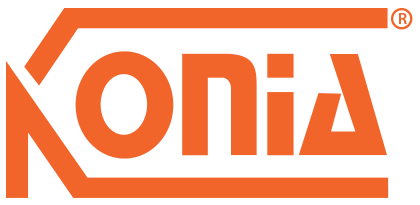The first thing you’ll see when you start using SketchUp Diffusion is the option to enter text prompts. In the text prompt field you can describe the desired output you want for your generated image. This is an open field where you can type almost anything.
To get the output you want, there are some best practices you can follow for writing prompts that can generate more predictable outcomes.
Prompt Engineering
Prompt engineering is the art of crafting specific inputs, or prompts, that guide an AI model in generating desired outputs. With SketchUp Diffusion, your input prompts describe the visual elements you want in your SketchUp model’s viewport. By following some basic prompt engineering best practices, even those that are unfamiliar with generative AI can create unique, customized images.
When creating a text prompt it’s important to provide clear instructions through natural language. Here are a few things to keep in mind:
1. Start with a concept. The design process should begin with a clear, simple concept that can be later enhanced.
Example: Sustainable urban design
2. Balance your prompts. Try to maintain a balance between precision and creativity by prioritizing important features.
Example: Floating city, emphasis on vertical structures
3. Use diverse architectural forms. Experiment with prompts that encourage Diffusion to generate a variety of architectural styles.
Example: Architectural fusion, blend modern and classical elements
4. Specify environment details. Give context to the environment to help influence the architectural setting.
Example: Urban skyscrapers, evening cityscape
5. Detail materials and textures. Highlight the specific materials and textures to add realism to individual elements.
Example: Glass facades, reflective surfaces in a futuristic city
6. Experiment with modifiers. A modifier is a specific instruction that tells the generative AI model to do something specific. By using modifiers you can get some unique and unexpected results.
Example: Cityscape innovation, no repeating patterns
7. Lighting is important. Ambient lighting can help add an extra layer of realism to your models.
Example: Architectural twilight, emphasis on city lights
8. Include seasonal or time changes. Incorporating time related events can help make your scene more dynamic.
Example: Winter resort architecture, snow-covered buildings
9. Integrate landscapes. Combining architectural prompts with a description of the landscape can help generate more holistic designs.
Example: Eco-friendly neighborhood, green roofs and gardens
10. Add a personal touch. Find your unique approach and use prompts that reflect and push your creativity!
Here are a few prompts of varying length that use these tips:
| Length | Prompt |
| Short (5 Words) | Abstract city, no repeating structures |
| Medium Short (7 words) | Modern skyscraper, blend with nature, glass facades |
| Medium (15 words) | Cutting-edge cityscape, advanced flying vehicles, dynamic urban environment, futuristic aesthetics, sustainable design, and architectural imagery |
| Medium Long (20 words) | Visually stunning architectural image: futuristic masterplan cityscape, flying vehicles, blending historical references, vibrant, dynamic, harmonious urban environment |
| Long (40 words) | Enhance conceptual massing of mixed-use development, blend with futuristic elements, incorporate green spaces seamlessly, ensure dynamic lighting effects, maintain harmony with existing structures, emphasize sustainable design principles, create a compelling, visually rich architectural narrative for an innovative urban landscape |


 Tiếng Việt
Tiếng Việt